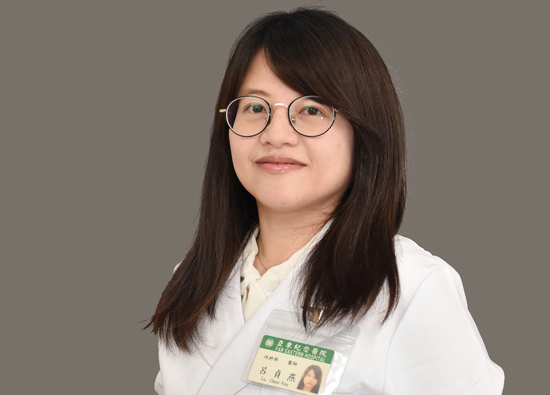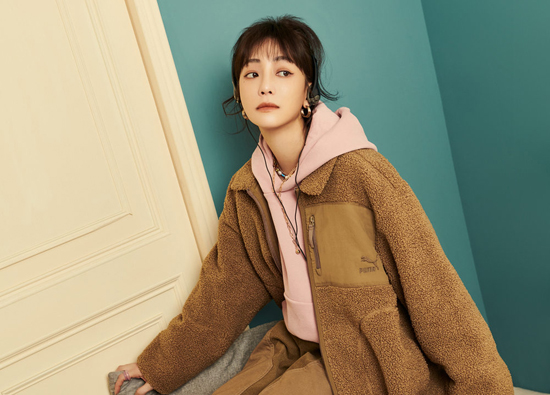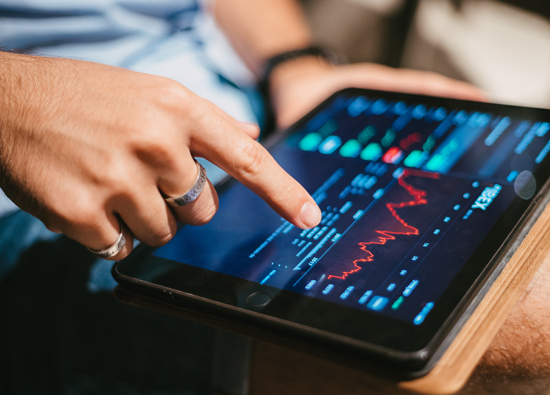02.2024 Life Guide
Analysis of the Ownership of Rights in Service Invention Patents
Far Eastern New Century Corporation (China) Investment / Dai Siyuan

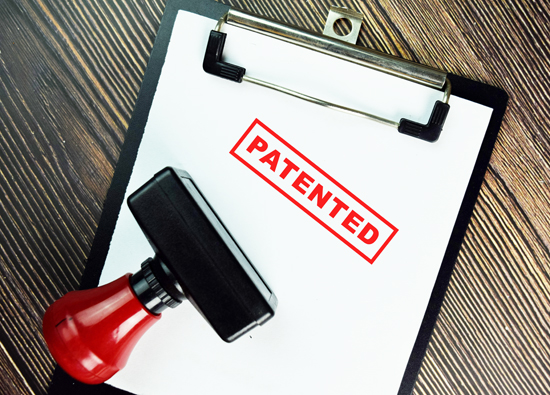
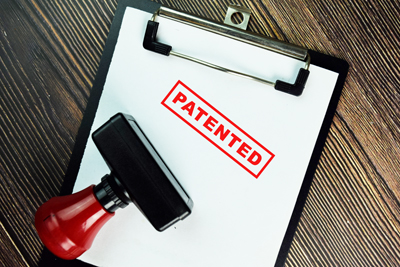 Modern people are increasingly valuing their own rights and interests. Have you ever thought about whether the patent rights for research and development achievements during your tenure belong to the company? Or the inventor himself? How should patent rights be recognized if an invention application is filed after resignation? This issue will analyze relevant legal knowledge through a patent dispute resolution.
Modern people are increasingly valuing their own rights and interests. Have you ever thought about whether the patent rights for research and development achievements during your tenure belong to the company? Or the inventor himself? How should patent rights be recognized if an invention application is filed after resignation? This issue will analyze relevant legal knowledge through a patent dispute resolution.1、 Basic case details
Mei and Peng were originally employees of the Development Department of Longsheng Company. They terminated their employment contract with Longsheng Company on September 5, 2017 and completed the handover procedures for resignation.
On the other hand, Yiyuan Company has been paying social security for Mei and Peng since April 2018, and applied for a utility model patent called "Anti voltage surge power supply protection circuit" on April 27 of that year. The inventors were Peng and Mei.
The controversial point of this case is: Does this patent belong to the invention of two individuals in Longsheng Company? Or was it an invention during my tenure at Yiyuan Company?
2、 Key points of the judgment
The first instance court held that Mei had previously served as the head of the development department at Longsheng Company, mainly responsible for technical research and development and management work, while Peng had been an engineer in the same department, mainly responsible for technical research and development. Relevant evidence is sufficient to prove that their job responsibilities at that time included developing electrical and circuit products. Due to the fact that the patent technology involved in this case is in the field of electrical circuit design, which belongs to the scope of work of the two individuals during their time at Longsheng Company, and is an invention created within one year after their resignation, it should be attributed to their professional inventions at Longsheng Company.
In this case, although Yiyuan Company argued that the patent in question was an independently developed invention by Mei and Peng after joining the company, the court held that even if their invention utilized the material and technical conditions of Yiyuan Company, they made the invention and creation in question within less than a month of joining the company, which does not comply with the general rules and common sense of technological development and cannot be established.
3、 Legal basis
Article 6 of the Patent Law stipulates: "Inventions and creations that are carried out by the unit or are mainly completed using the material and technical conditions of the unit are service inventions and creations. The right to apply for a patent for a service invention and creation belongs to the unit, and after the application is approved, the unit becomes the patentee." Therefore, the unit may dispose of the right to apply for a patent and patent rights in accordance with the law, promote the implementation and application of relevant inventions and creations.
Furthermore, Article 12 of the Implementing Regulations of the Patent Law states that:, Article 6 of the Patent Law refers to "service inventions and creations completed in the execution of the tasks of the unit", which refers to: (1) inventions and creations made in the course of their own work; (2) inventions and creations made in the performance of tasks other than their own work delivered by the unit; (3) Inventions and creations made within one year after retirement, transfer from the original unit, or termination of labor or personnel relations, which are related to their job responsibilities or tasks assigned by the original unit The term "this unit" referred to in Article 6 of the Patent Law includes temporary work units; The material and technical conditions of this unit refer to its funds, equipment, components, raw materials, or technical information that is not publicly disclosed.
In addition, for inventions and creations completed using the material and technical conditions of the unit, if the unit has a contract with the inventor or designer, which stipulates the right to apply for a patent and the ownership of the patent right, then the agreement shall prevail. As for non service inventions and creations, the right to apply for a patent belongs to the inventor or designer. After the application is approved, the inventor or designer becomes the patentee.
4、 Case analysis
In summary, inventions and creations made in "one's own job", "performing tasks outside of one's own job", or "utilizing the material and technical conditions of one's own unit" that have a substantial impact on the patent in question will be recognized as service inventions. Therefore, when determining that the ownership of a service invention belongs to the original or current unit, it is necessary to consider the technical field of the resigned employee's job or task, the work content they engage in, and the time spent on technology development. If the invention or creation is made within one year after the termination of the labor relationship, it belongs to the "service invention patent of the original unit" as stipulated in Article 6 of the Patent Law, The ownership of a service invention patent cannot be simply determined as the inventor.
*Image source: freepik
#



